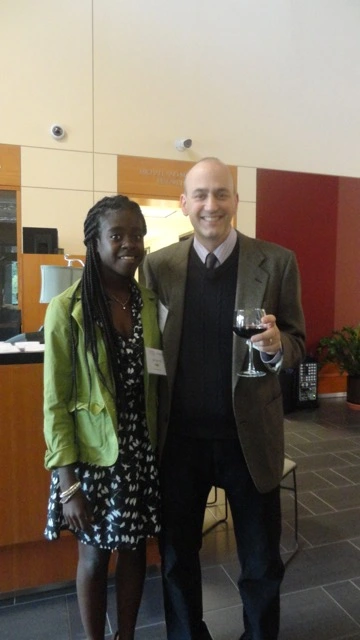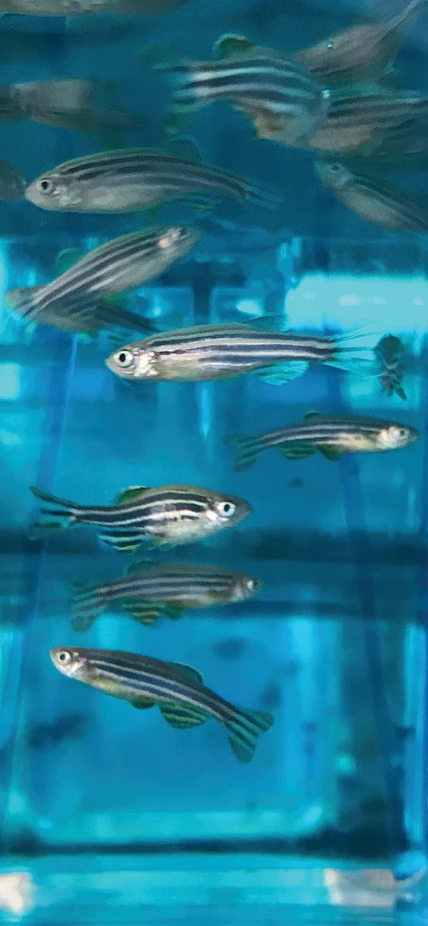
Baltimore, MD— Tiny transparent zebrafish are changing lives through the BioEYES program. A former BioEYES student in Baltimore, Sih Oka Zeh, shared that BioEYES was the catalyst for following a career path in the sciences:
“I had BioEYES in 7th grade. Before they came I was told we were going to do an experiment with fish and microscopes. I wasn’t interested. But then they showed up with all this equipment I’d never seen before. We got to work with the fish and I was so excited. I was mad at the end of the week when they left. I wanted to do more. I wasn’t interested in science or research until I had BioEYES. They are the reason I went to a magnet science high school, and why I am majoring in biology and public health at Washington University in St. Louis . Thank you BioEYES.”
Sih is one of the 100,000 students that have experienced the excitement of BioEYES since the program was founded in 2002. Over the weeklong program, students and teachers alike watch transparent zebrafish miraculously develop, and learn about cells, DNA, and genetics. By day four, they marvel at the fish’s beating heart and blood flow.
Steven Farber, biologist at the Carnegie Institution’s Department of Embryology, started BioEYES with educator Jamie Shuda at the University of Pennsylvania. Farber brought the BioEYES program to Carnegie in 2007. The pair saw that K-12 public schools weren’t keeping up with teaching the rapid advances that were happening in the sciences, and they saw the need to not only educate students, but teachers as well.
“Jamie and I wanted to foster an interest in and a love for science in elementary, middle, and high school students. It is incredibly gratifying to watch our work over the past 14 years bring the excitement of science to so many,” remarked Farber. ”Like Sih, we’ve seen students go from having zero interest in science, to attending international science fairs to deciding to major in a science-related field in college. They tell us that BioEYES was a major influence in their subsequent academic choices.”
The program has also engaged 1,400 teachers in six states, and two countries (the U.S. and Australia). “It turns out that our work in training teachers has made a huge impact,” Farber said. “When a teacher’s understanding of science increases, then their confidence to create innovative and engaging science lessons takes off. This affects even more students beyond our program. I am hoping that since we have now served 100,000 students there will be many more in the STEM (Science, Technology, Engineering and Math) pipeline. My dream for the future is that I’ll see some of our students who maybe didn’t have a fair chance in other areas of their lives—the so-called ‘achievement gap’ kids—be able to one day preform research at science institutions like Carnegie. It’s a big dream, yes. But an important one.”
BioEYES is a joint effort between the Carnegie Institution for Science and the Johns Hopkins University School of Education. Additional centers are located at the University of Pennsylvania, the University of Utah, and Monash University in Melbourne, Australia. The program is funded by grants and gifts with help from the Carnegie Institution’s endowment. A complete list of sponsors can be found at the project’s website http://www.bioeyes.org/index.php
